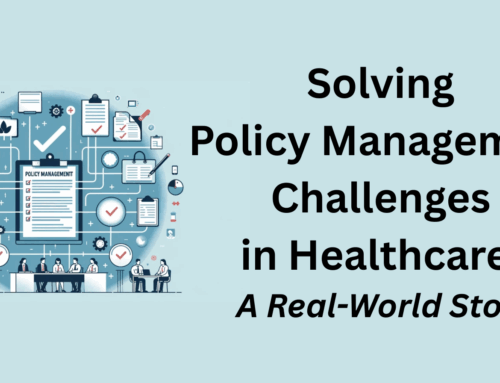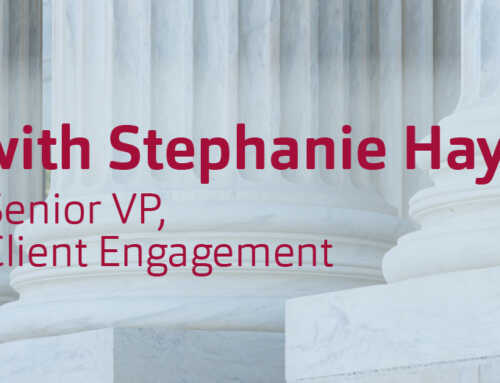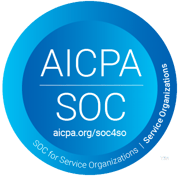How Healthcare Organizations Are Rethinking Compliance Strategy Through Leadership, Technology, and Data
Insights from our recent Lunch n Learn session at the 29th HCCA Compliance Institute in Las Vegas, NV
In today’s healthcare environment, the stakes for compliance leaders have never been higher. Regulatory complexity continues to grow, and healthcare organizations are under increasing pressure to do more with less. As a result, the traditional reactive approach to compliance—focused on responding to problems after they occur—is giving way to a new, more proactive model. In a recent discussion hosted by Ntracts, experts from across the healthcare compliance and operations landscape came together to explore how compliance is evolving into a strategic leadership function.
The conversation featured insights from Lori Moon, Chief Operating Officer at Valley Professionals Community Health Center; Nate Reveley, President and COO of Compliatric, an Ntracts company; and Stephanie Haywood, SVP of Sales and Client Engagement at Ntracts. Together, they outlined a roadmap for organizations looking to move from basic regulatory checklists to integrated governance strategies that drive real value.
Embedding Compliance into Strategic Decision-Making
One of the key takeaways from the discussion was the growing need to embed compliance into the strategic fabric of an organization. Whether in a large health system or a smaller community health center, compliance is no longer an afterthought or a back-office function—it must be part of the leadership conversation from the outset.
At Valley Professionals Community Health Center, Lori Moon has seen firsthand how compliance processes need to scale appropriately without losing its impact. Even in smaller organizations with limited resources, foundational practices like automated sanction checks can make a meaningful difference. For Lori, the shift meant taking a closer look at how to standardize processes and ensure compliance was integrated into cross-departmental operational strategies—not just delegated to a single department.
Moreover, educating leadership and middle management plays a critical role. Compliance professionals often operate with a deep understanding of regulations, but that knowledge isn’t always shared across the leadership team. Building accountability and awareness across all levels of an organization ensures that compliance isn’t siloed—it becomes a shared responsibility.
Breaking Bottlenecks with Integrated Tools
Technology—particularly integrated Contract Lifecycle Management (CLM) and Governance, Risk, and Compliance (GRC) platforms—can help organizations reduce manual inefficiencies and improve audit readiness.
As organizations grow, compliance processes often become fragmented. Different departments might use their own systems or manual workarounds, creating data silos and slowing down decision-making. Integrated tools can help break down those barriers. When contract workflows and policy management are centralized in a single system, teams gain instant visibility into contract status, regulatory obligations, and associated risks.
Automation is key. Tasks like routing contracts for approval, flagging missing clauses, and sending reminders can be handled automatically, significantly reducing administrative burdens. This allows compliance teams to refocus on higher-value activities, such as refining policies or conducting risk assessments. By implementing clause libraries and workflow automations, organizations can dramatically improve turnaround times while maintaining compliance integrity.
For example, one health system that Compliatric has worked with moved from managing compliance via spreadsheets and shared drives to a centralized CLM-GRC platform. The change improved visibility and control almost overnight—giving leadership real-time access to compliance data and reducing the need for reactive problem-solving.
A Holistic View: Strengthening Governance Through Data and Policy
Legal and compliance teams must examine how better data enables stronger governance. When contract and policy data are structured and easily accessible, compliance professionals can move beyond firefighting and start identifying trends and root causes of recurring issues. This allows them to proactively address risks before they escalate into legal or financial liabilities.
In organizations without in-house legal counsel, this becomes even more critical. Lori shared how having aggregated data allowed her team to identify and escalate potential risks early—ensuring they didn’t remain hidden until they became larger problems.
Nate noted that healthcare leaders are increasingly looking for clarity and speed in decision-making. They don’t want compliance to be a roadblock; they want it to be a catalyst. Integrated systems that connect contract data, compliance requirements, and organizational policies enable that shift. They help leaders act with confidence while maintaining accountability.
Analytics also play a major role. By analyzing trends in contract language, missed deadlines, or audit outcomes, compliance teams can collaborate more effectively with legal and operations departments. This creates a feedback loop that improves not only compliance outcomes but also operational performance.
Looking Ahead
As healthcare organizations strive to do more with fewer resources, the need for strategic, tech-enabled compliance leadership is clearer than ever. Moving from a reactive posture to a proactive governance model requires more than tools—it requires a cultural shift. Leadership must champion compliance as a value driver, not just a necessity. And compliance teams must leverage data and automation to operate with greater foresight and agility.
The good news is that the tools and frameworks to support this transformation already exist. By aligning compliance initiatives with organizational goals, automating where possible, and using analytics to guide decisions, healthcare organizations can build programs that are not only effective but resilient and scalable.
The future of compliance isn’t just about staying out of trouble—it’s about empowering better decisions, faster operations, and healthier organizations.
Meet The Experts

Lori Moon
Chief Operating Officer,
Valley Professionals Community Health Center

Nate Reveley,
President and COO,
Compliatric, an Ntracts company

Stephanie Haywood
SVP Sales & Client Engagement,
Ntracts
Subscribe to get the latest updates from Ntracts.



